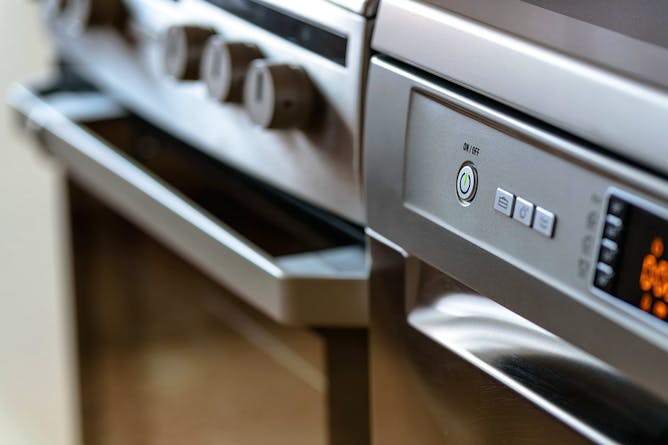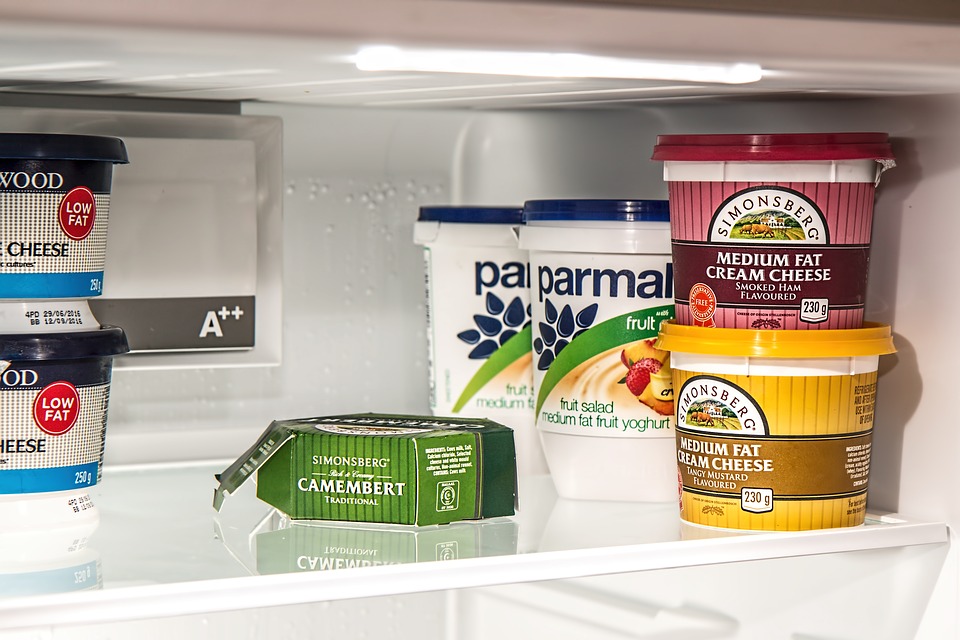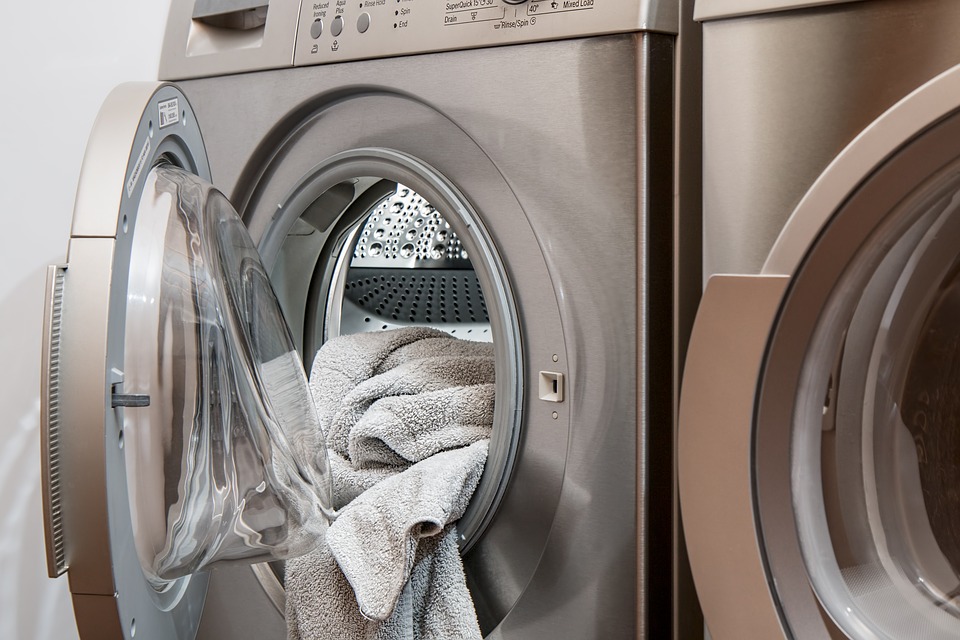How to Fix Common Household Appliances
Kitchen appliances can, like most electrical items we use every day, suffer malfunctions now and again. Luckily, most of the time, these niggles are only minor and don’t require a handyman to be called out, or for you to fork out a vast sum of your hard-earned cash. Here are four quick fixes that can save you time and money, and ensure those common household appliances are working again in next to no time.
Hit the Lights
Not literally, though – that might make things worse! But if you find your lights suddenly stop working or a bulb goes out, it’s not always the bulb that’s at fault. Instead, check your main electrical panel, in case the circuit breaker has tripped. This tends to happen when too many appliances or electrical items are in use at once, and is more common an occurrences than you might think. To restore light to your world, simply push the reset button on your outlet and in a few moments, things should be up and running again.
Cool It
There are few things worse than when your fridge suddenly feels warmer than you are, and seemingly needs replacing. But, before you dig out your receipt and check your warranty, or start shopping around for a new appliance, check the coils. Blockages in the coils – black tube and wire grids, which help cool the fluid in the compressor – can cause the compressor to overheat and trigger the overload switch. This can then affect the working ability of your fridge.
Most blockages are caused by dirt and, most commonly pet hair – both of which are easy to remove using a coil cleaning brush, available from most home and DIY stores. Simply push the brush into the coils, pull it back and give it a good vacuum. If the coils on your appliance are located at the back, pull the fridge out and simply brush them off. Once the overload switch is tripped, it may take a few hours for your fridge to cool, but it will then reset itself – and voila, normal service will be resumed.
Set Things Right!
Electric ovens can be great, but they can also prove problematic from time to time, by doing things they shouldn’t, or worse still, stopping doing things they should. Control panels on ovens can be touch-sensitive and you may even change a setting without realising. But if you suddenly find, for example, that your food isn’t cooking at the right temperature, or for the right length of time, check your timer. If it reads something along the lines of ‘time cook’, the timer is already engaged, and to ensure your meal is properly cooked, you need to clear it by pressing ‘off’, or the power button, and setting it again. If your oven has a dial, turn it to ‘manual’ to ensure you get the best results for your food.
Dry it Out
For those of you fortunate enough to have a tumble dryer, you’ll know how much of a God-send they can be, especially if you have a big family and an endless supply of clothes and towels to sort. But, like most appliances, tumble dryers can have their bad days. Fortunately, there’s usually a quick and easy solution. If you find your clothes and other items aren’t drying as well as they should, it’s likely that the lint filter in your machine is blocked. Even if it looks clean, filters can often be covered in an almost invisible to the naked eye film, which is caused by dryer sheets that can reduce airflow, and cause the thermostat to shut off before the drying process is complete.
You can quickly and easily test your filter by pouring water into it. If you find that the water holds, then it’s time to fill a bowl with hot water, and grab some laundry detergent and a stiff kitchen brush to give it a good clean. Once the filter is clean, fresh and dry, pop it back in your machine and, the next time you put a load in, prepare to be amazed at the difference in its dryness.
Like these tips? Don’t forget to keep an eye here on the blog for more like this.
Are you on Facebook? Come and ‘Like’ our page and get involved with the chat! We’re also on Twitter, too! And if you’re really keen to pick up some more tips like this, make sure you bookmark our blog.



